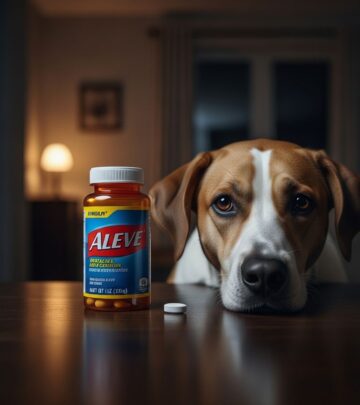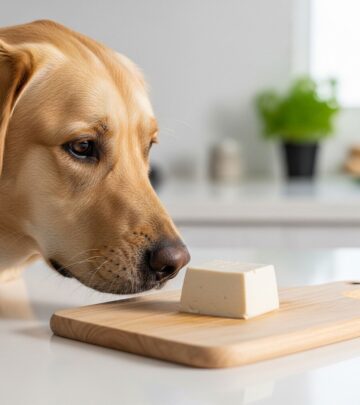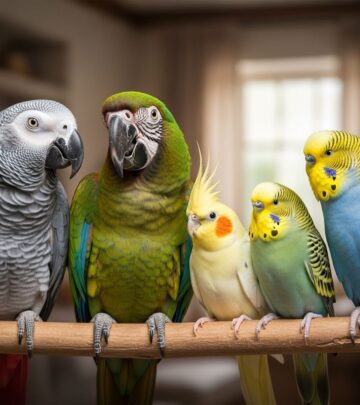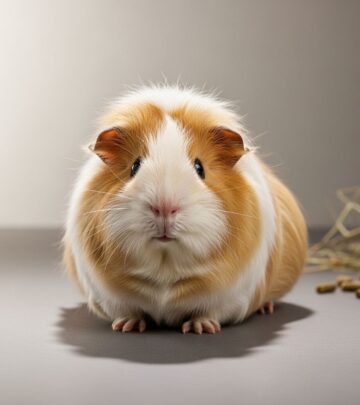Cat Not Eating: 7 Expert Tips To Boost Feline Appetite
Explore proven tips, routines, and techniques to support your cat’s eating habits and overall wellbeing.
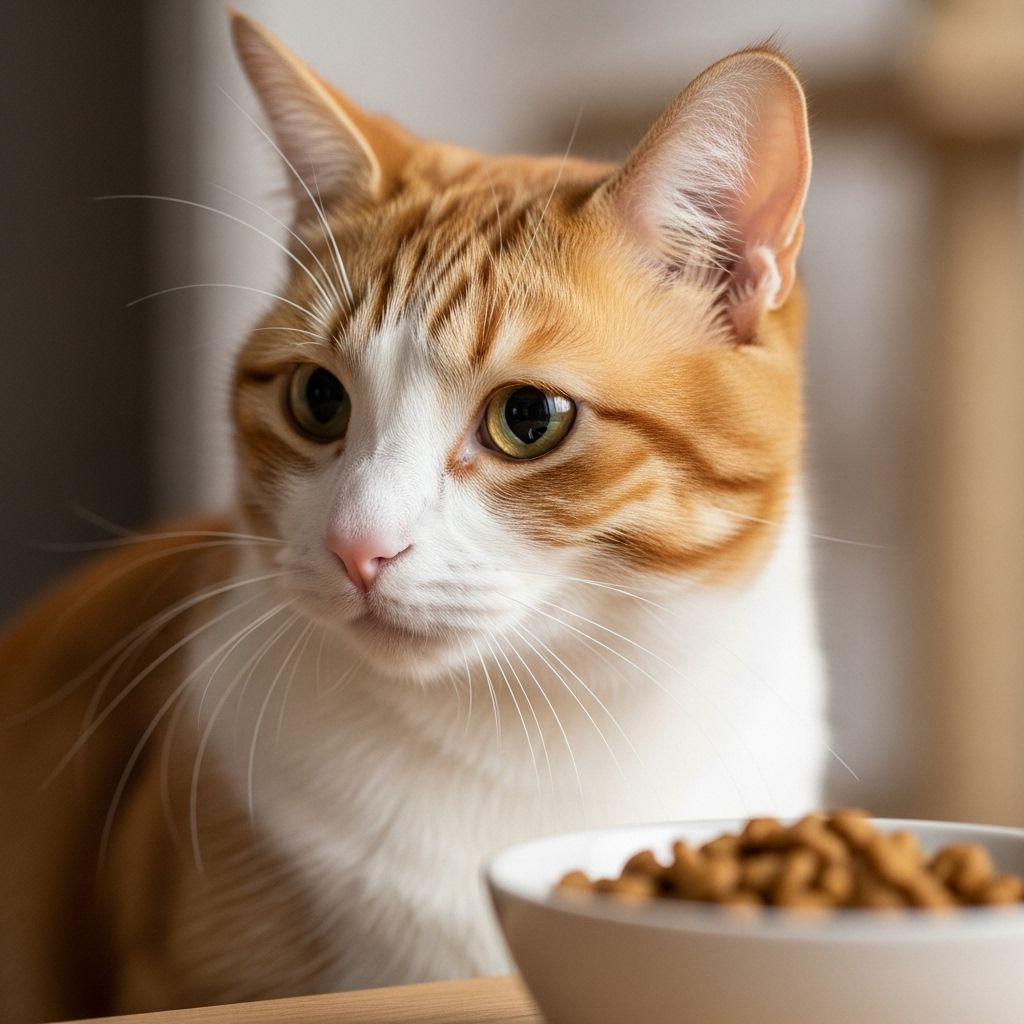
Image: HearthJunction Design Team
How to Encourage Your Cat to Eat: Expert Strategies for Picky and Unwell Cats
It can be worrying when a cat refuses to eat or starts picking at meals. Whether your cat is being fussy, unwell, or recovering from illness, appetite loss is a common concern for many owners. Understanding why your cat might be reluctant to eat—and how to gently encourage them—is important for both their health and happiness. This guide provides comprehensive advice for boosting your cat’s appetite, drawn from veterinary best practices and feline behavior research.
Understanding Appetite Loss in Cats
Cats may refuse food for a variety of reasons, ranging from underlying health conditions and stress to sensory aversions or recent changes in their environment. Identifying the cause is the first step toward effective management.
- Illness or Pain: Dental issues, digestive upset, or other medical conditions can suppress appetite. Always consult your veterinarian if your cat stops eating for over 24 hours or shows other signs of illness.
- Stress and Anxiety: Cats are sensitive creatures and may refuse food during periods of upheaval, such as moving house, new pets, or changes in their routine.
- Food Aversion: Cats may develop dislikes for specific flavors or textures, especially if they have had a negative experience (such as nausea) with a food in the past.
- Aging: Senior cats may have reduced senses of smell and taste, making food less appealing and harder to detect.
When to Seek Veterinary Help
If your cat refuses to eat for longer than 24 hours, or is refusing both food and water, contact your veterinarian immediately. Cats, especially overweight or older cats, are at risk of developing hepatic lipidosis (fatty liver disease) if they stop eating.
- Signs that warrant immediate veterinary attention include vomiting, diarrhea, lethargy, respiratory changes, or sudden weight loss.
- If your vet prescribes a special diet, focus first on getting your cat eating before introducing any major dietary changes.
Creating a Cat-Friendly Feeding Environment
Cats are particular about where and how they eat. Optimizing the environment can make a substantial difference in encouraging them to eat.
- Minimize Stress: Feed your cat in a quiet, secure area away from loud noises and other pets.
- Location: Place food bowls away from litter trays and water bowls to respect your cat’s natural preferences.
- Routine: Keep to a regular feeding schedule, as predictability helps cats feel secure and more likely to eat.
- Clean Bowls: Always provide food in clean, odor-free bowls. Glass or ceramic bowls are preferable as they are less likely to hold odors compared to plastic bowls.
Food Choices and Feeding Techniques
The texture, flavor, and freshness of food can have a significant impact on feline appetite. Here’s how you can tailor food to your cat’s preferences:
- Stick with Favorites: Offer foods your cat has previously enjoyed, especially during periods of illness or recovery. If your vet has prescribed a special diet, reintroduce it gradually once your cat’s appetite has returned.
- Avoid Food Buffets: Don’t overwhelm your cat with a variety of unfamiliar foods all at once, as this can create further aversion.
- Freshness Matters: Serve freshly opened food at each meal; cats are sensitive to stale or oxidized flavors.
- Food Temperature: Warm up wet food to room temperature or just slightly above to enhance aroma and palatability. Avoid serving food straight from the fridge.
- Moisture Content: Wet food can be more appealing and is especially helpful for cats at risk of dehydration or urinary tract issues.
Table: Comparing Food Choices
| Food Type | Pros | Cons |
|---|---|---|
| Wet Food | Highly palatable, high moisture, softer texture | More expensive, shorter shelf life, dental health less supported |
| Dry Food | Convenient, supports dental health, longer shelf life | Lower moisture, some cats find less appealing |
Enhancing Appetite with Food Additions
If your cat is reluctant to eat, try small amounts of high-value treats or lightly cooked fish, chicken, or other meats they’ve previously enjoyed. Use these sparingly and always check with your vet before introducing human foods, especially if your cat has an underlying medical condition.
- Use commercial treats designed for cats as a topper.
- Avoid heavily seasoned foods and bones, as they can be unsafe for cats.
Feeding Methods: Encouragement but No Force
Gently encourage your cat to eat, but avoid force-feeding or interfering with the eating process, as this can create lasting negative associations with food and may increase stress.
- Hand-feed small amounts if your cat is willing.
- Try offering food on a spoon or your finger, especially during illness or recovery.
- Respect your cat’s autonomy: some cats prefer to eat alone, while others appreciate quiet company. Learn your pet’s preferences and respond accordingly.
Supporting Natural Feeding Behaviors
Cats are natural hunters and benefit from stimulation and a sense of control over their food. Replicating aspects of hunting at mealtime can encourage reluctant eaters.
- Use food puzzle toys or scatter feeding to stimulate interest and mimic hunting behaviors.
- Play with your cat before meals to encourage appetite through physical activity and excitement.
Additional Tips for Picky Cats
- Positive Interactions: Keep mealtimes calm and pleasant. Avoid scolding or making negative associations with food.
- Smell Sensitivity: Avoid using strong perfumes, scented candles, or plug-in diffusers near your cat’s food area, as strong scents may put them off.
- Monitor Intake: Measure your cat’s food and keep track of how much is eaten at each meal to help your vet diagnose issues if problems persist.
Special Considerations for Ill or Elderly Cats
Cats suffering from chronic illnesses, recent surgeries, or advanced age may require special attention to stimulate appetite:
- Work with your vet to identify any underlying medical causes for reduced appetite.
- Ask about appetite stimulants or medications if home strategies are not effective.
- Ensure easy access to food and water bowls, especially if your cat has limited mobility.
Frequently Asked Questions (FAQs)
Q: My cat refuses to eat the prescription diet. What should I do?
A: Focus first on getting your cat to eat anything palatable, then gradually mix in the prescription diet. Discuss alternatives or gradual transition plans with your vet if your cat is highly resistant.
Q: Can I give my cat human food to entice them to eat?
A: Small amounts of plain, cooked meat or fish can be used in moderation. Always consult your vet before offering new foods, especially for cats with specific health concerns.
Q: Should I try force-feeding my cat if they refuse to eat?
A: No. Force-feeding can cause stress and aversion. Instead, gently encourage and make food more appealing, and consult your vet for next steps if food refusal continues.
Q: My cat seems hungry but just sniffs and walks away from food. What does this mean?
A: This can indicate pain (such as dental issues), nausea, or an aversion to the current food. A veterinary check is recommended to rule out underlying illness.
Q: Does the shape or type of bowl matter?
A: Yes. Most cats prefer wide, shallow bowls that do not touch their whiskers. Glass and ceramic bowls are preferred over plastic to avoid odors.
Summary Table: Quick Tips for Encouraging Your Cat to Eat
| Tip | Description |
|---|---|
| Provide Quiet Area | Feed your cat in a peaceful, private space. |
| Fresh Food | Serve freshly prepared, palatable meals at each feeding. |
| Enhance Aroma | Warm wet food to enhance aroma and appeal. |
| Monitor Intake | Track food amounts to monitor for changes or issues. |
| Avoid Buffet Style | Don’t overwhelm with too many choices at once. |
| Interactive Feeding | Use toys and puzzles to stimulate interest in food. |
| Consult Vet | Get professional advice if refusing food for more than 24 hours. |
Conclusion
Encouraging your cat to eat can require patience, observation, and creativity—especially with elderly, sick, or fussy eaters. By establishing a consistent routine, providing a stress-free feeding environment, and experimenting with techniques outlined above, you can help support your cat’s appetite and overall wellbeing. Always consult your veterinarian if you are worried or if your pet consistently refuses food, as early intervention is key to preventing health complications.
References & Further Reading
- Consult your veterinary team for personalized advice and before introducing new foods, treats, or supplements.
- International Cat Care has additional resources on feeding, appetite loss, and feline health.
References
- https://icatcare.org/articles/how-to-encourage-your-cat-to-drink
- https://icatcare.org/articles/feeding-your-cat-or-kitten
- https://icatcare.org/resources/cat-carer-guide-managing-the-cat-that-wont-eat.pdf
- https://icatcare.org/cat-advice/all-advice-articles-page
- https://icatcare.org/articles/should-i-feed-my-cat-wet-or-dry-food
Read full bio of medha deb


